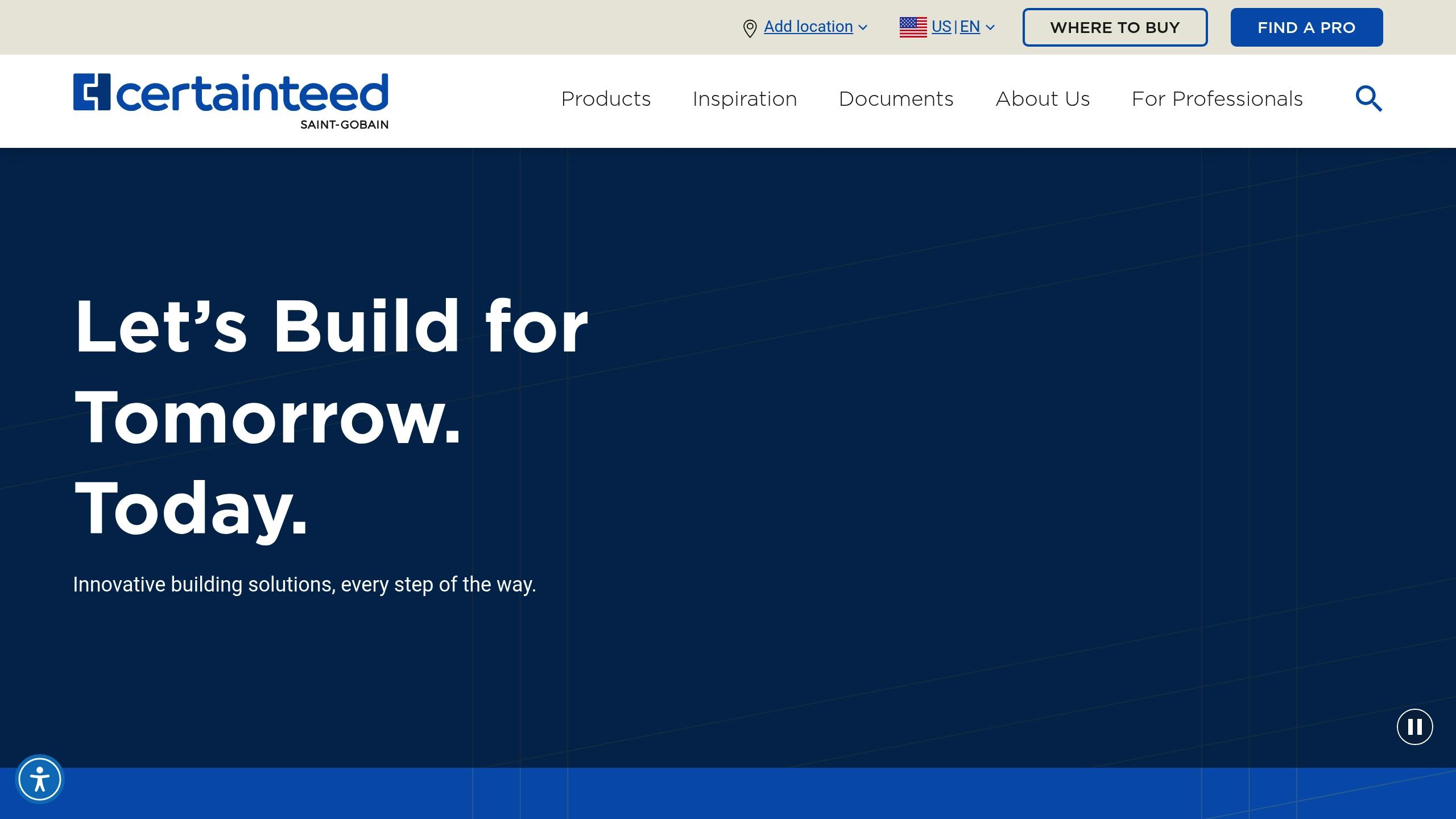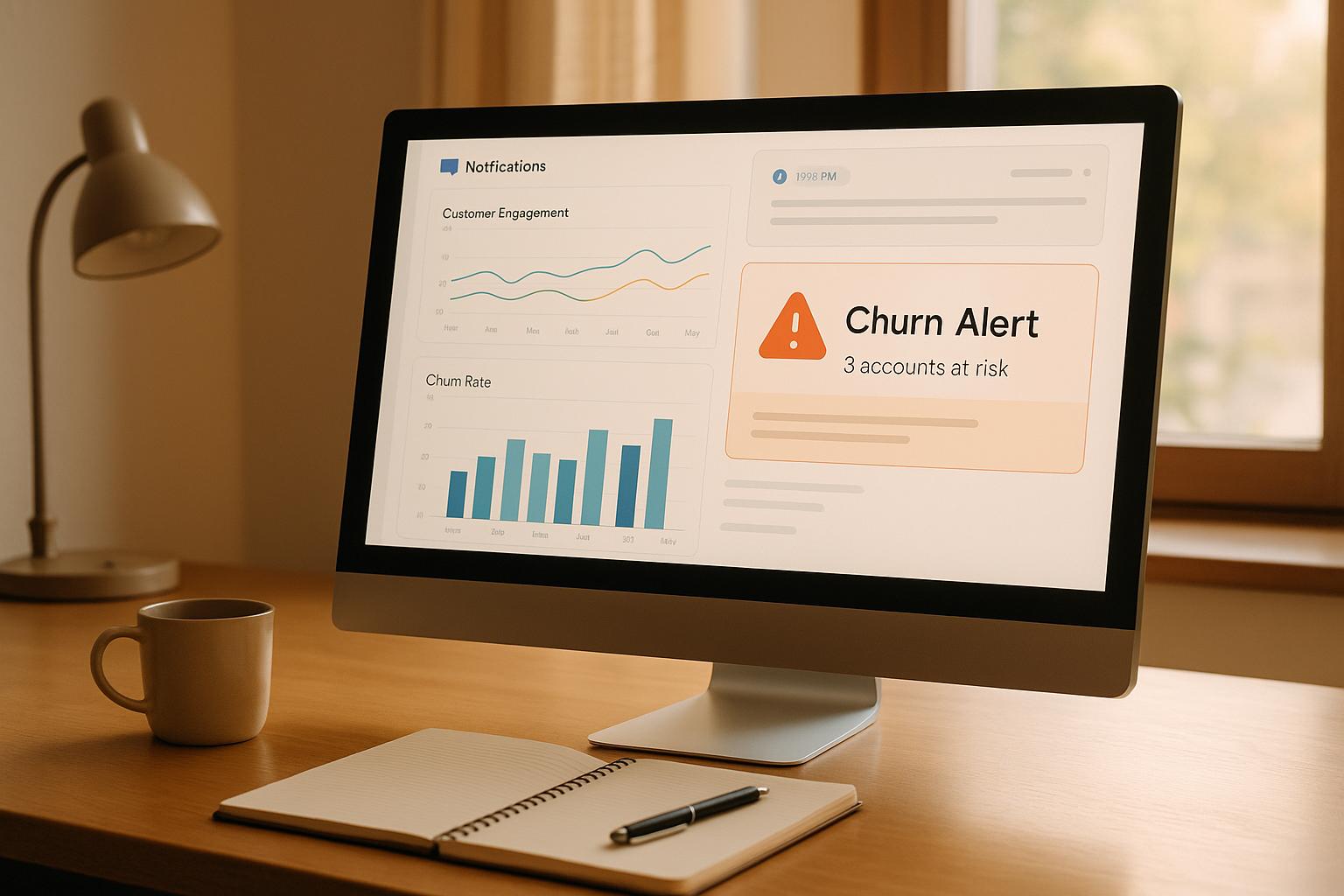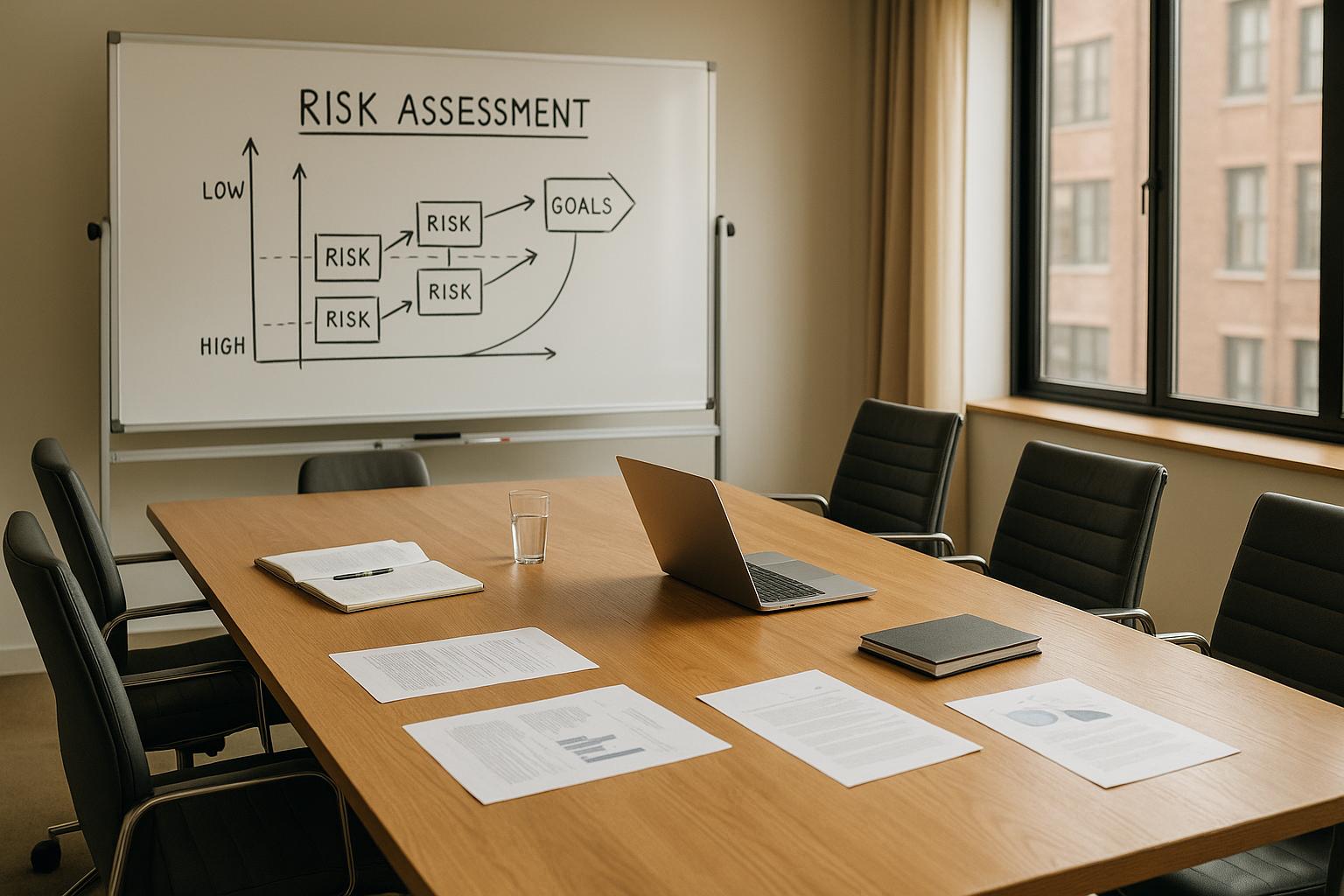ERP regression testing ensures system stability after updates or changes. With only 15-20% of ERP regression testing automated, businesses face challenges maintaining functionality in complex, interconnected systems. Here's what you need to know:
- Key Focus Areas: Test case prioritization, test automation, resource management, and maintaining test environments.
- Automation Tools: Katalon Studio ($69/month), Tricentis Testim ($450/month), testRigor ($900/month).
- Testing Methods: Combine manual testing for complex scenarios with automated testing for repetitive tasks.
- ROI Insights: Automation improves defect detection by up to 90%, with a potential 250% ROI in six months.
- Common Pitfalls: Avoid automating everything, neglecting test maintenance, and poor resource allocation.
Quick Comparison: Manual vs. Automated Testing
| Aspect | Manual Testing | Automated Testing |
|---|---|---|
| Best For | New features, UI/UX checks | Repetitive tasks, smoke tests |
| Advantages | Human insights, flexibility | Consistency, speed |
| Challenges | Time-consuming, costly | High setup cost, maintenance |
Regression testing is critical for ERP systems, ensuring updates don’t disrupt operations. Combining automation with human expertise helps businesses achieve faster releases, broader test coverage, and system reliability.
Regression Testing: How CertainTeed Revolutionized Their Approach

Core Elements of Regression Testing
Regression testing plays a vital role in ensuring the stability of ERP systems, with 58% of organizations identifying it as a critical process . Each component below contributes to creating an effective testing strategy.
Test Case Prioritization
Prioritizing test cases is essential for focusing on areas that matter most. Here are some common methods:
| Method | Focus | Best For |
|---|---|---|
| Risk-based | Likelihood and impact of failures | Critical business processes |
| History-based | Past data and fault patterns | Recurring issues |
| Dependency-based | Interrelated system components | Complex integrations |
| Version-based | Recent code changes | Newly updated features |
Test Automation Framework
Automation frameworks save time and improve precision in regression testing. Popular options include:
- Katalon Studio: At $69 per user per month, it supports web, desktop, and API testing .
- Tricentis Testim: Priced at $450 per month, it offers AI-driven test automation .
- testRigor: Costs $900 per month and emphasizes reducing test maintenance by up to 95% .
Resource Management
Allocating resources effectively is crucial for regression testing. According to IBM, fixing software defects in production can cost up to 30 times more than addressing them during development . Additionally, a Panaya survey notes that 53% of organizations encounter difficulties with regression testing for Oracle Cloud ERP applications .
Test Environment Specifications
A proper test environment mirrors production conditions without interfering with live systems. Key elements include:
- Accurate replication of production data
- Clearly defined test schedules
- Structured defect management processes
- Comprehensive documentation of procedures and results
1. Create a Test Plan Framework
A well-structured test plan is the foundation of effective ERP regression testing. It lays out the testing strategy, goals, scope, and critical details, ensuring a clear and organized approach to assessing system functionality and stability.
Key Elements of a Test Plan
To build an effective test plan, focus on these core components:
| Component | Purpose | Key Considerations |
|---|---|---|
| Test Objectives | Define the goals of testing | Align with specific business needs |
| Scope Definition | Set the boundaries of testing | Identify impacted modules and links |
| Resource Allocation | Assign roles and responsibilities | Clarify timelines and expectations |
| Risk Assessment | Highlight potential challenges | Focus on high-priority functions |
| Documentation | Track progress and results | Keep detailed records for reference |
Building the Strategy
Involve stakeholders from development, QA, and operations teams to outline testing parameters and review the plan. This teamwork ensures the plan addresses both technical and business priorities. Once finalized, configure the test environment to closely replicate production systems.
Setting Up the Test Environment
- Data Management: Use anonymized production data to create a realistic testing database.
- Integration Points: Document all system connections and dependencies to ensure no critical areas are missed.
- Timeline Planning: Schedule testing activities based on system complexity and business operations.
Ensuring Quality in Testing
To maintain high standards throughout the testing process:
- Keep thorough records of all testing phases and system changes.
- Use validated test data collected from user feedback and audits.
- Separate environments for security and performance testing.
- Ensure compliance with all relevant regulations.
Automated testing tools can save time and increase accuracy, but manual testing remains crucial for complex scenarios requiring human insight. With this framework in place, you're ready to move on to testing system connections.
2. Test System Connections
Testing system connections is a key step in ensuring your ERP system works smoothly. By validating these connections, you can confirm that data flows correctly between ERP modules and external systems, which is essential for keeping the system stable and aligned with your testing goals. Let’s dive into the most important integration points to verify uninterrupted data flow.
Integration Testing Strategy
Integration testing checks whether data moves properly between connected systems and modules. Focus on these areas:
| Testing Area | What to Check | Key Focus |
|---|---|---|
| Module Communication | Data exchange within ERP components | Ensure information is accurate |
| External Systems | Third-party app integration | Test API responses and sync issues |
| Business Workflows | Full process validation | Confirm transactions and consistency |
| Data Transformation | Format conversion and mapping | Keep data integrity intact |
Simulating Real-World Processes
Run tests that mimic actual workflows. For instance, ensure predicted demand triggers inventory reorders, purchase orders are routed correctly, financial transactions process without errors, and customer data updates seamlessly across systems.
End-to-End Testing Approach
End-to-end testing looks at the entire system workflow, helping you spot problems like data flow bottlenecks, compatibility issues with external tools, or gaps in business process integration.
Consider these tools to streamline the process:
- Katalon Studio: Known for its API testing features and rated 4.5 on G2.
- SoapUI Pro: Offers a range of integration testing tools, starting at $599/year.
- Loadmill: Provides 100 free API test runs per month, with advanced plans available.
Monitoring and Documentation
Use real-time monitoring to catch connection issues as they happen. Keep detailed documentation of all integration points, including API endpoints, data mappings, dependencies, and error-handling protocols.
"Functionize learns how your UI really works, recovers invaluable test engineer time, utilize resources more effectively." - Functionize
The following section will explore additional testing techniques.
sbb-itb-97f6a47
3. Apply Testing Methods
ERP regression testing combines manual and automated approaches for thorough validation. Below, we break down strategies, tool selection, and performance tracking to refine your testing process.
Risk-Based Testing Approach
Focus on high-priority areas such as critical business processes, features with a history of issues, recent updates, and integration points between modules. These are the key elements to address in a risk-based testing approach.
Hybrid Testing Strategy
Using both manual and automated testing can maximize efficiency:
| Testing Type | Best For | Advantages |
|---|---|---|
| Manual Testing | New features, UI/UX checks, complex scenarios | Human judgment, in-depth insights |
| Automated Testing | Repetitive tasks, data-driven tests, smoke tests | Consistency, 24/7 execution |
| AI-Assisted Testing | Test updates, defect prediction, analytics | Faster execution, less manual effort |
Automation Implementation
Currently, only 15-20% of ERP testing is automated . Focus automation efforts on stable, frequently used functions. For example, The Just Group, an Australian fashion retailer, cut regression testing times by 68% using Opkey's automated testing solution .
Tool Selection Framework
Choose tools based on your specific needs and budget:
| Price Tier | Features | Ideal For |
|---|---|---|
| Free ($0) | Basic automation, community support | Small teams, simple testing |
| Professional ($100-500/month) | Cross-browser testing, API access | Mid-size organizations |
| Enterprise ($500-2000+/month) | Unlimited executions, custom integrations | Large-scale ERP setups |
Testing Optimization Tips
- Use AI-assisted testing to simplify test maintenance and predict defects .
- Pay special attention to integration points and ensure data quality through virtualization and strict management practices.
Performance Monitoring
Track these metrics to evaluate your testing process:
- Test execution time
- Defect detection rate
- Coverage percentage
- Resource utilization
"Functionize learns how your UI really works, recovers invaluable test engineer time, utilize resources more effectively." - Functionize
4. Set Up Test Automation
ERP test automation offers a smart way to manage upfront costs while delivering long-term gains. Research shows that 77% of companies using automated testing see up to a 90% improvement in defect detection .
Practical Steps for Automation
To implement ERP test automation effectively, follow these steps:
-
Risk Analysis and Planning
Identify potential risks and prioritize automation for cases with the highest impact. Develop strategies to address any challenges . -
Tool Selection and Infrastructure
Choose tools that fit your ERP system, ensuring they work well with your existing infrastructure and CI/CD pipelines. Here's a quick comparison of popular options:
ROI Insights
Automation can deliver a 250% return on investment (ROI) within six months . While maintenance may account for up to 50% of costs , the benefits are clear: 30% faster time-to-market, 25% more test coverage, and an 80% reduction in developer feedback time .
Tips for Success
To get the most out of automation, focus on creating modular, reusable test scripts that integrate easily with CI/CD pipelines. Data reveals that 72% of businesses using test automation see improvements in their deployment processes .
Common Challenges to Avoid
Watch out for these pitfalls:
- Automating everything instead of focusing on high-impact cases
- Choosing unsuitable test cases
- Ignoring the need for test maintenance
- Failing to establish proper governance models
Metrics to Track
Use these key performance indicators to measure the success of your automation efforts:
| Metric | Target Goal | Impact |
|---|---|---|
| Test Coverage Increase | 25% increase | Broader regression testing scope |
| Time-to-Market Reduction | 30% reduction | Faster release cycles |
| Developer Feedback Time | 80% reduction | Quicker issue resolution |
| ROI Achievement | 250% ROI | Proves cost-effectiveness over time |
"Functionize learns how your UI really works, recovers invaluable test engineer time, utilize resources more effectively." - Functionize
5. Maintain Test Case Quality
Keeping test cases accurate and up-to-date is essential for effective ERP regression testing. Outdated or redundant tests can compromise both efficiency and reliability. Here’s how to ensure your test cases remain relevant and useful.
Version Control and Documentation
Use a strong version control system and document every stage of the testing process. This approach helps you manage changes effectively and keeps everyone accountable. By tracking versions and maintaining clear change histories, you can ensure your test cases stay aligned with current requirements .
Strategies for Maintaining Quality
A well-defined maintenance plan is key to keeping test cases relevant. Here’s a breakdown:
| Area | Steps to Take | Benefits |
|---|---|---|
| Test Suite Review | Regularly check alignment with current functionality | Eliminates redundancy and improves test coverage |
| Case Modularity | Design tests as reusable components | Simplifies updates and maintenance |
| Obsolete Case Handling | Archive outdated cases instead of deleting them | Retains historical context for reference |
| Failure Analysis | Track patterns in test case results | Boosts overall reliability of the test suite |
Tips for Organizing Test Cases
Follow these principles to keep your test cases well-organized and effective:
- Atomic: Each test should focus on a single functionality.
- Autonomous: Tests should run independently of one another.
- Current: Regularly update test cases to reflect system changes.
- Documented: Clearly record test case details for easy reference.
Continuous Improvement
Frequent and targeted testing provides valuable feedback and helps maintain system stability . This ongoing process aligns naturally with broader ERP testing efforts.
Communication and Tracking
Strong communication channels are essential for keeping test cases in sync with system updates. Use systematic tracking tools to document modifications and their effects on existing test cases . This ensures that changes are accurately reflected and helps maintain a high standard of quality assurance.
"Functionize learns how your UI really works, recovers invaluable test engineer time, utilize resources more effectively." - Functionize
Working with Testing Consultants
Bringing in experienced consultants can make ERP regression testing more effective while minimizing risks. They help catch issues early, saving you from costly fixes later on .
Selecting the Right Consultant
When choosing ERP testing consultants, focus on these critical factors:
| Selection Factor | What to Evaluate | Why It Matters |
|---|---|---|
| Technical Expertise | Familiarity with your specific ERP system | Ensures they understand the system thoroughly |
| Industry Knowledge | Experience in your business sector | Offers relevant insights and compliance guidance |
| Testing Tools | Access to advanced tools and frameworks | Improves testing efficiency and coverage |
| Support Structure | Post-implementation help and training | Supports long-term success |
Cost-Benefit Analysis
ERP testing consultants usually charge between $150 and $175 per hour . While this might seem steep, their expertise helps minimize rework, resolve issues faster, and stabilize the system. Choosing the right consultant is worth the investment.
Finding the Right Partner
To find a reliable consultant, use resources like the Top Consulting Firms Directory. Look for partners who offer:
- Proven Expertise and Success: Certifications and experience with similar-sized projects.
- Clear Testing Methodologies: A well-defined approach to regression testing and quality assurance.
- Client References: Documented success stories highlighting effective testing.
Quality Assurance Expertise
Professional consultants bring value to regression testing by focusing on:
- Automated Testing Implementation: Setting up automated frameworks to cut down on manual work and improve test coverage.
- Performance Optimization: Running stress tests and simulations to ensure the system remains stable during peak usage .
- Risk Mitigation: Identifying potential security and compliance risks through structured testing .
Integration and Scalability
Consultants also play a key role in ensuring seamless system integration and scalability. They prioritize:
- Testing connections between modules.
- Verifying accurate data flow.
- Preparing the system for increased loads.
- Maintaining consistent performance levels.
By tapping into their expertise, ERP teams can strengthen regression testing and ensure the system remains stable over time.
"Functionize learns how your UI really works, recovers invaluable test engineer time, utilize resources more effectively." - Functionize
Conclusion
Regression testing plays a key role in ensuring ERP systems remain stable and reliable, especially as we move into 2025. Organizations leveraging automated regression testing report test coverage rates ranging from 30% to 70% .
The practices outlined earlier highlight how regression testing can positively impact ERP systems:
| Benefit | Impact | Key Outcome |
|---|---|---|
| Early Detection | Catches issues before production | Reduces costs of fixing errors |
| System Stability | Avoids disruptions in functionality | Protects business operations |
| Resource Optimization | Enables round-the-clock testing | Cuts down manual testing needs |
| Quality Assurance | Covers a broad range of scenarios | Ensures dependable system updates |
These advantages emphasize the critical role regression testing plays in maintaining ERP system performance.
Despite the growing adoption of automated regression testing , only 15–20% of the process is fully automated . This highlights the need for a balanced approach - combining automation with human expertise. Continuous integration and testing are crucial for keeping systems reliable as they evolve.
Regression testing isn’t a one-time task. It requires consistent updates to align with ERP system changes, ensuring long-term stability and efficiency.
"Functionize learns how your UI really works, recovers invaluable test engineer time, utilize resources more effectively." - Functionize


